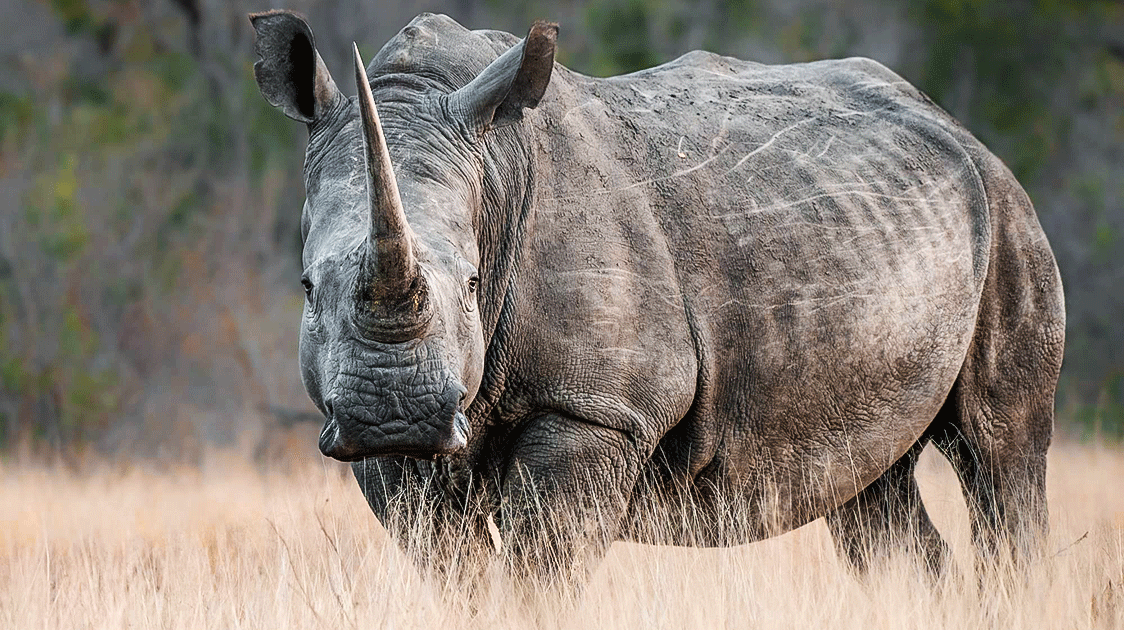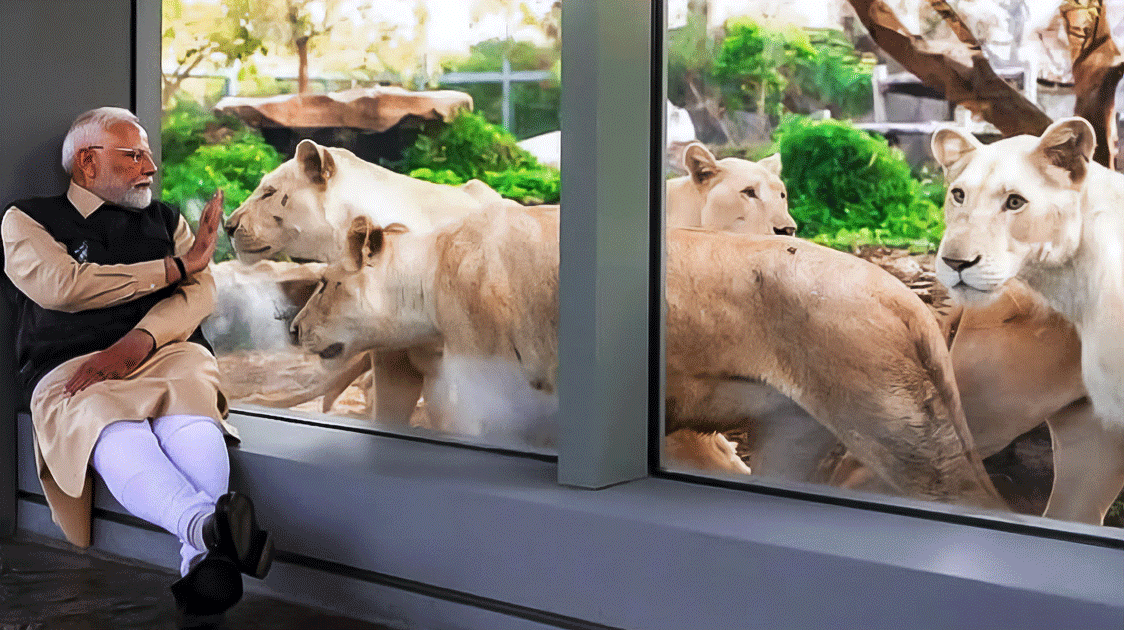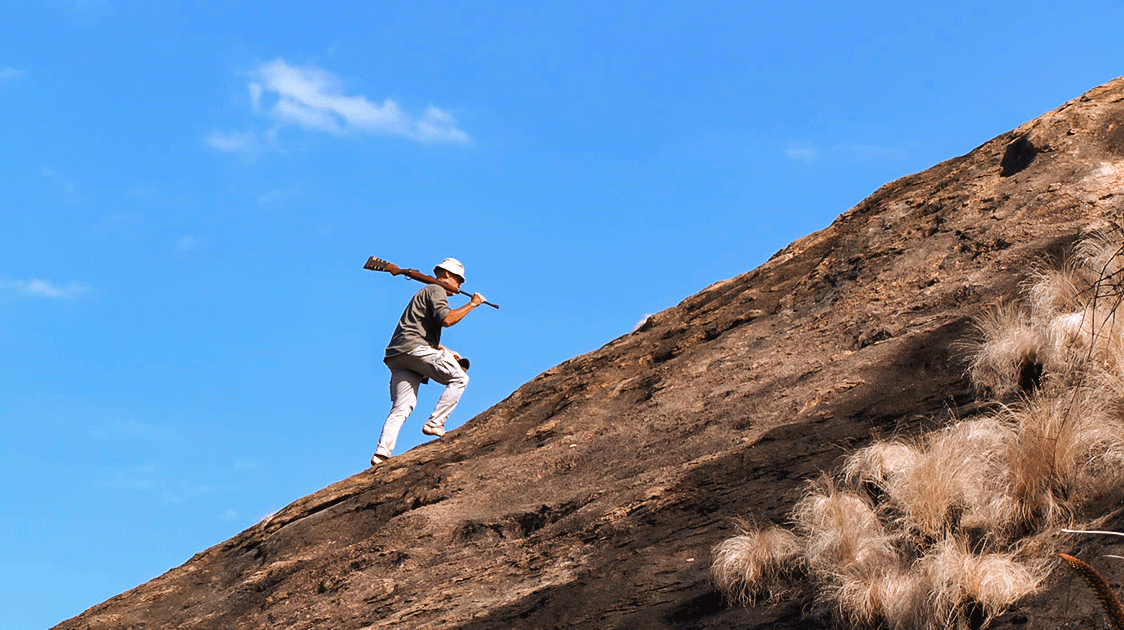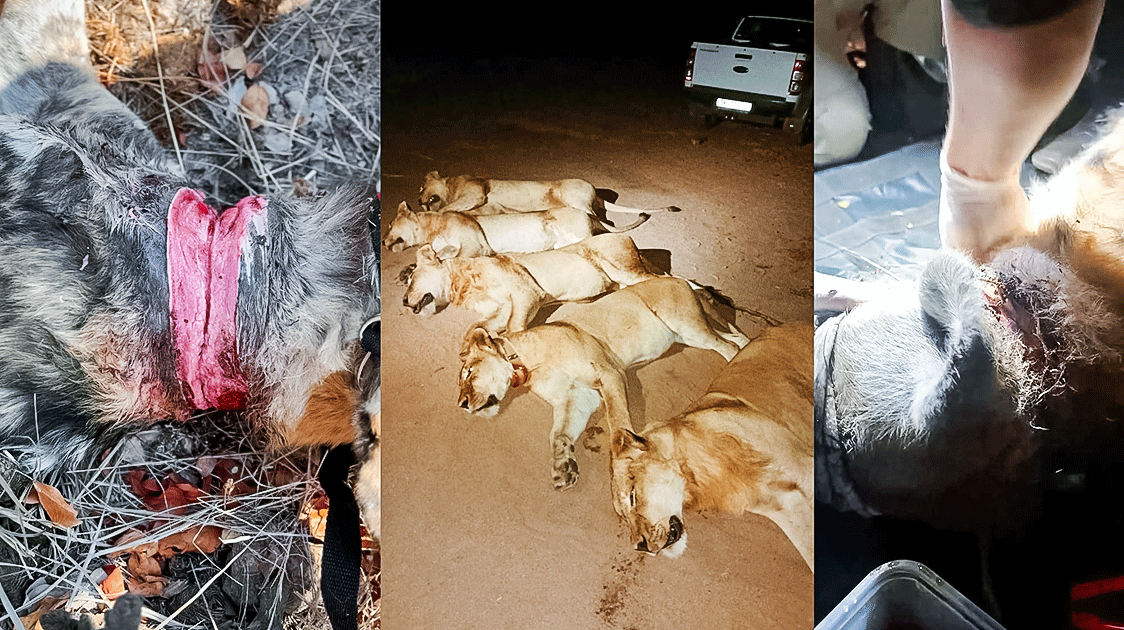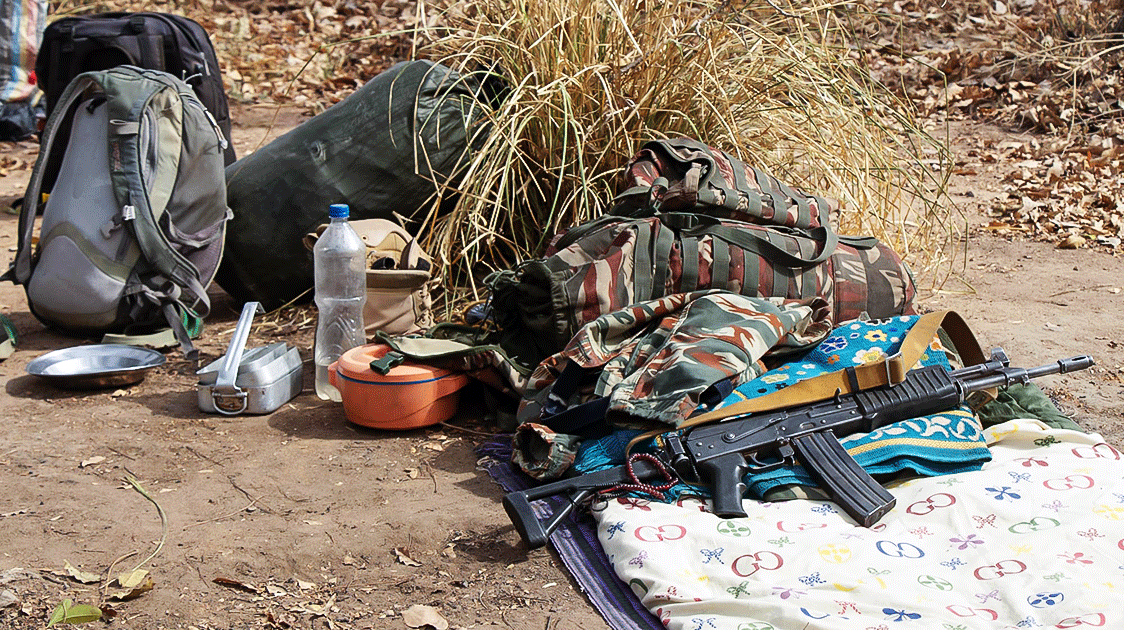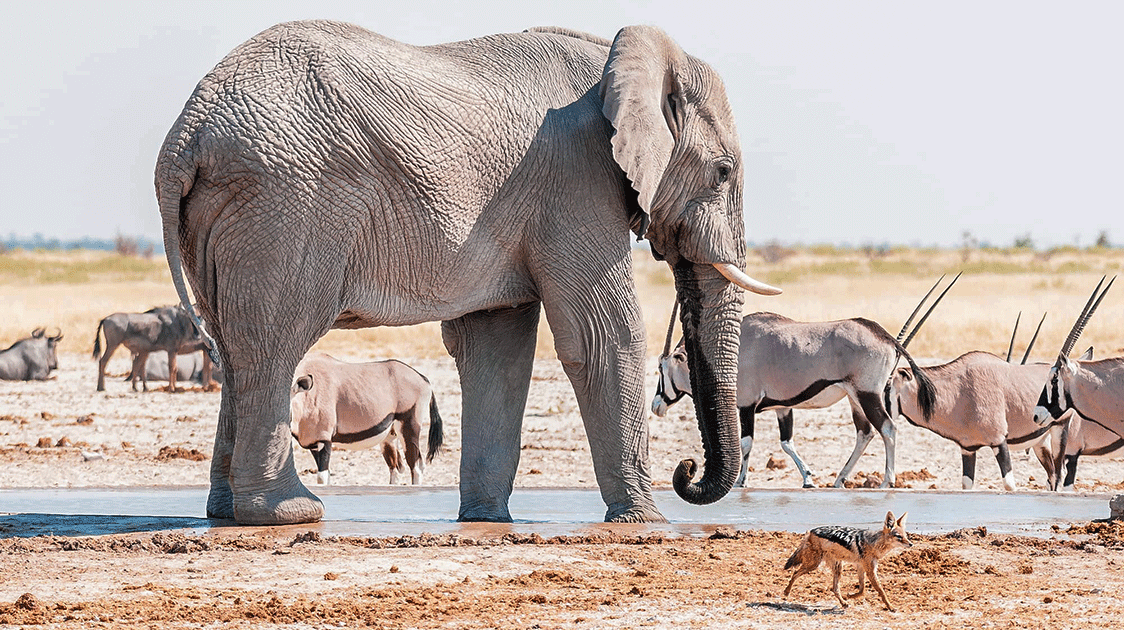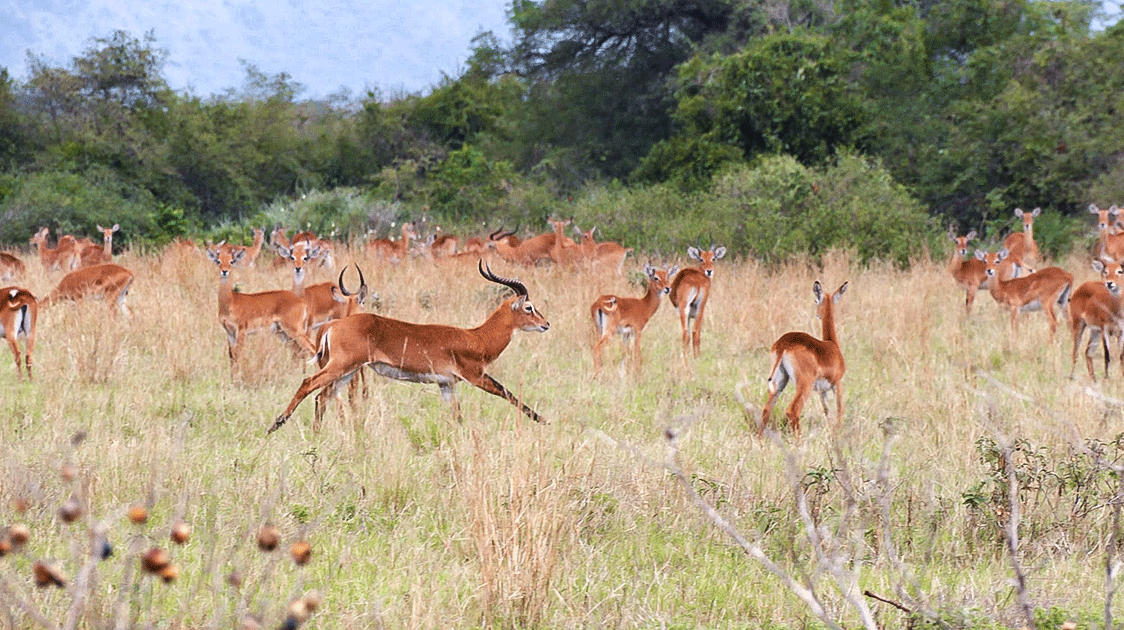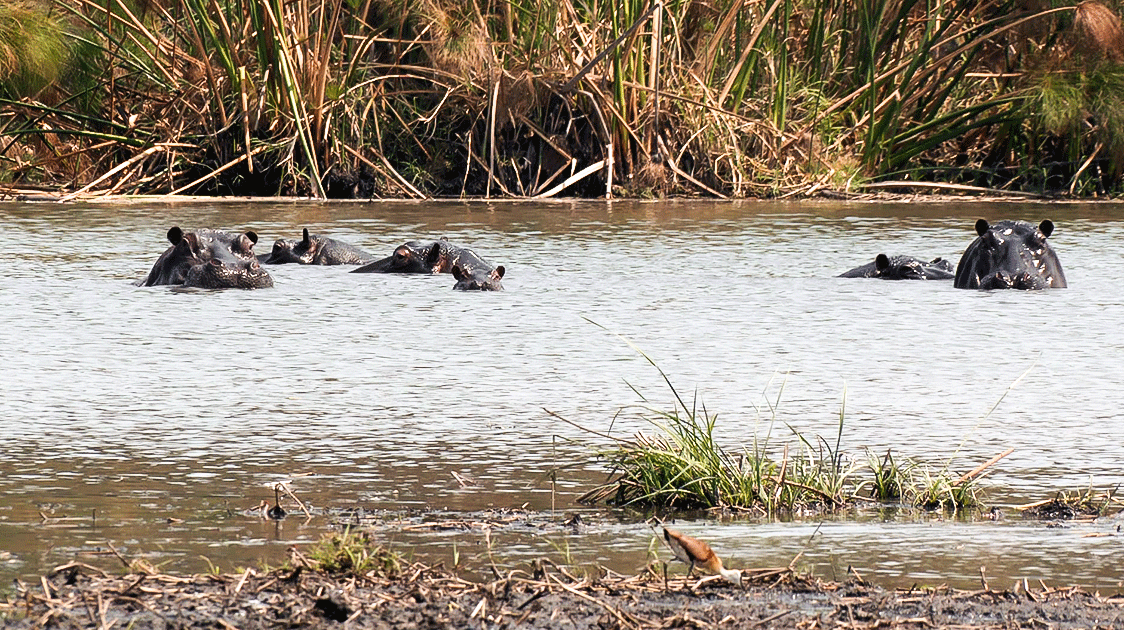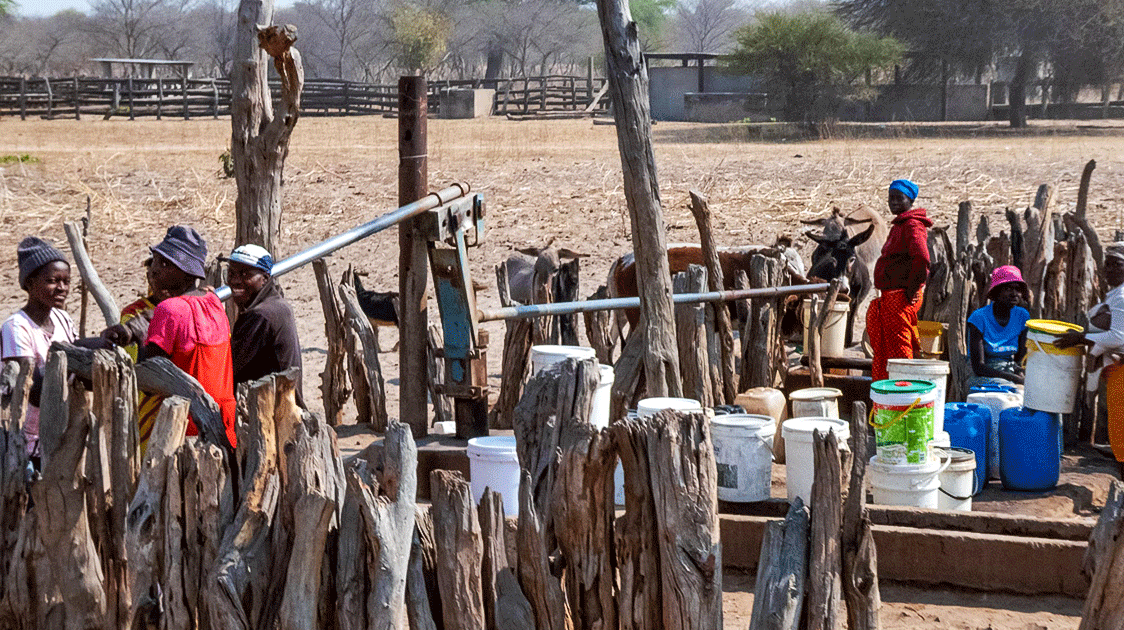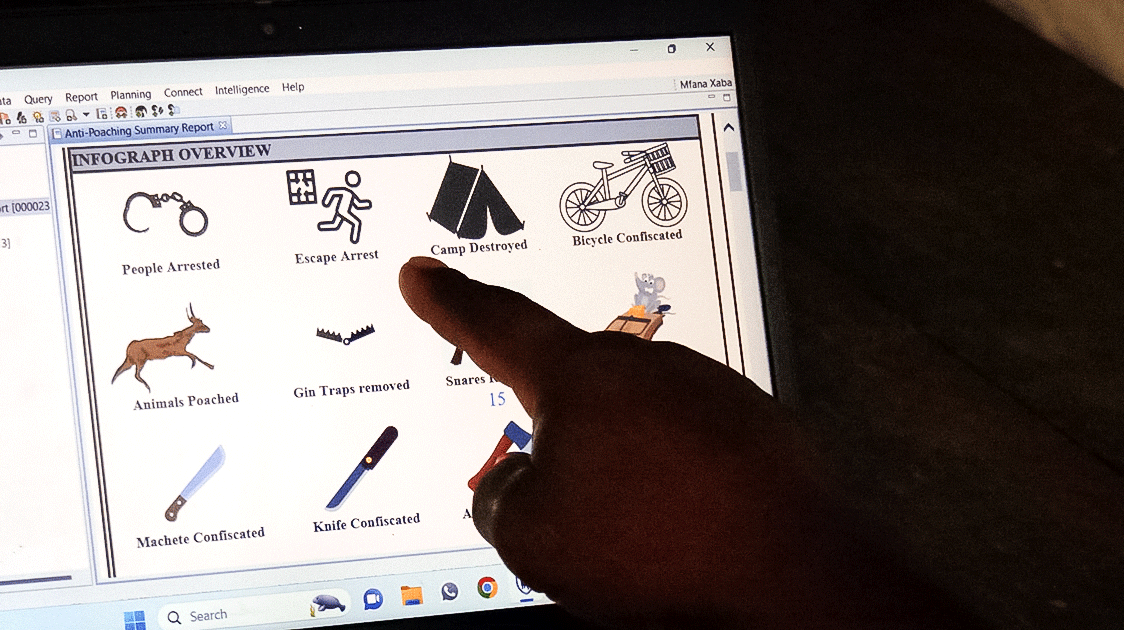Africa
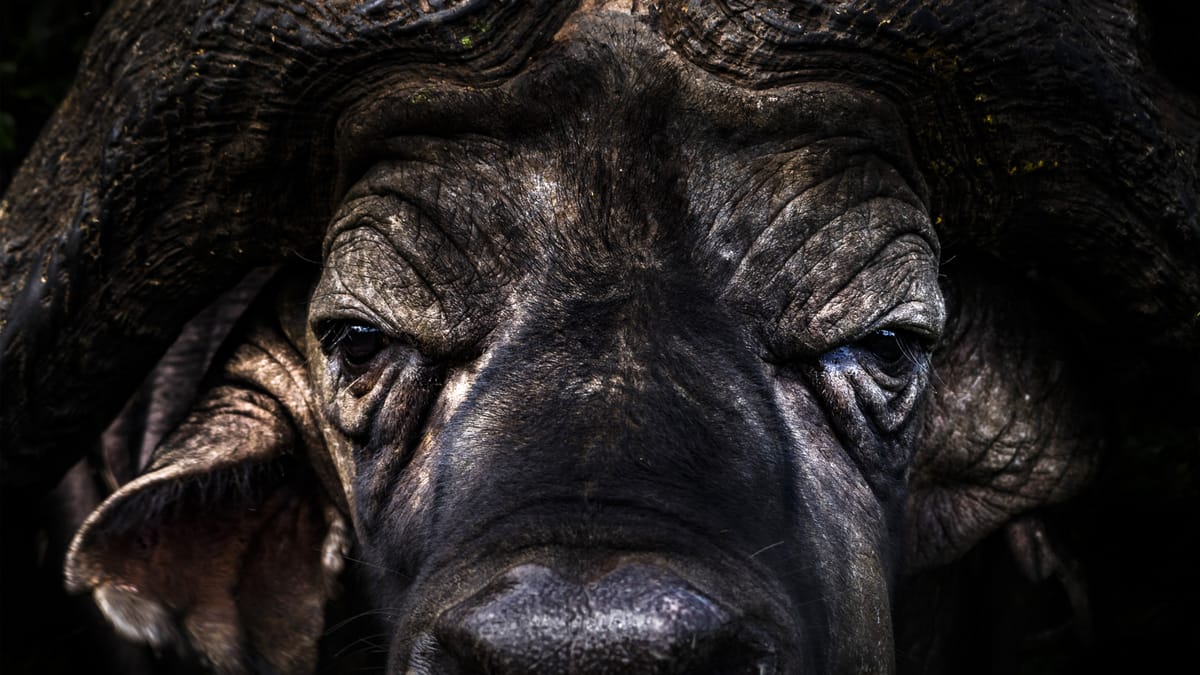
Africa is the stage for some of the world's most crucial wildlife conservation battles. Elephants traverse ancient migratory paths, lions rule legendary savannahs, and prehistoric rhinos navigate harsh landscapes.
Yet, Africa’s extraordinary biodiversity is threatened by relentless poaching operations driven by ivory cartels, bushmeat markets, and illegal timber trades. Effective anti-poaching operations in Africa demand dynamic, adaptable strategies tailored to each region’s unique challenges.
At Patrol, we aim to raise global awareness about these urgent threats through our informative newsletter, which highlights the real dangers faced by wildlife and frontline rangers.
Core Actions in Wildlife Conservation and Anti-Poaching Efforts
Successful wildlife conservation in Africa involves structured anti-poaching efforts centred around:
- Prevention: Consistent ranger patrols, extensive community awareness initiatives, and fortified park boundaries to deter poachers.
- Detection: Advanced tracking methods, including spoor tracking, specialized K9 units, thermal drones, and local informant networks, quickly identify threats.
- Response: Prompt apprehension of poachers, removal of traps, and preparation of compelling evidence to secure legal convictions.
Ranger Patrols: Real-Life Stories from Africa's Frontlines
A typical ranger patrol in Africa begins before dawn, with teams carefully planning patrol routes based on local intelligence and environmental factors. Patrols may operate on foot, in a vehicle, on a bicycle, or on a boat, interpreting subtle signs such as fresh footprints, hidden snares, and disturbed vegetation to track poachers.
These frontline operations are vital for protecting wildlife and maintaining ecosystem integrity.
Night patrols utilize thermal drones and camera traps, extending surveillance into areas unsafe for daytime patrols. Meticulous data collection through journals and digital apps ensures patrol efforts are continuously refined and effective.
Innovations Driving Anti-Poaching Efforts in Africa
Poaching threats in Africa are intensified by porous borders, inadequate infrastructure, and human-wildlife conflicts. Innovative solutions across the continent include:
- Transfrontier Conservation Areas: Initiatives like KAZA (Kavango–Zambezi) facilitate seamless cross-border ranger movements and enhanced regional cooperation.
- Community-Based Conservation: Programs in Kenya's Maasai Mara and Namibia’s conservancies integrate local communities directly into conservation efforts, aligning economic incentives with wildlife protection.
- Technological Advancements: The deployment of cost-effective drones in South Africa and the development of solar-powered communication infrastructure in Senegal significantly enhance surveillance and communication, thereby overcoming geographical and infrastructural challenges.
Regional Anti-Poaching Strategies Across Africa
- Southern Africa (Botswana, Zimbabwe, Namibia, Zambia): Vehicle and drone patrols monitor extensive savannah habitats to protect large elephant herds.
- East Africa (Kenya, Tanzania): Skilled foot patrols adeptly manage poaching threats in montane forests and savannah landscapes.
- Central Africa (Cameroon, Gabon): Teams utilize gunshot detection technology to monitor poaching activity in dense rainforest regions.
Essential Equipment for Effective Anti-Poaching Operations
Key tools significantly enhance the success of anti-poaching patrols in Africa:
- Thermal Drones: Enable silent and efficient night surveillance in critical wildlife habitats.
- K9 Tracking Dogs: Provide essential tracking and detection capabilities, identifying illegal wildlife products and locating poachers.
- Gunshot Sensors: Quickly pinpoint poaching activity in challenging terrain, facilitating rapid responses.
- GPS Technology: GPS-tagged snares and patrol routes guide proactive monitoring and tactical planning.
These tools, selected for durability, cost-effectiveness, and ease of maintenance, amplify the effectiveness of ranger patrols.
How You Can Support Anti-Poaching Operations in Africa
Public support is crucial for anti-poaching success:
- Stay Informed: Spreading accurate information helps combat misinformation about wildlife crime. Subscribe to Patrol’s newsletter for essential updates and in-depth insights on anti-poaching challenges.
- Report Suspicious Activities: Vigilantly report any illegal wildlife products encountered online or in your local area.
- Support Patrol Equipment: Contributions toward essential gear, such as solar chargers, radios, and field notebooks, significantly enhance patrol effectiveness.
Your involvement and support play a crucial role in safeguarding Africa's remarkable wildlife heritage for generations to come.

